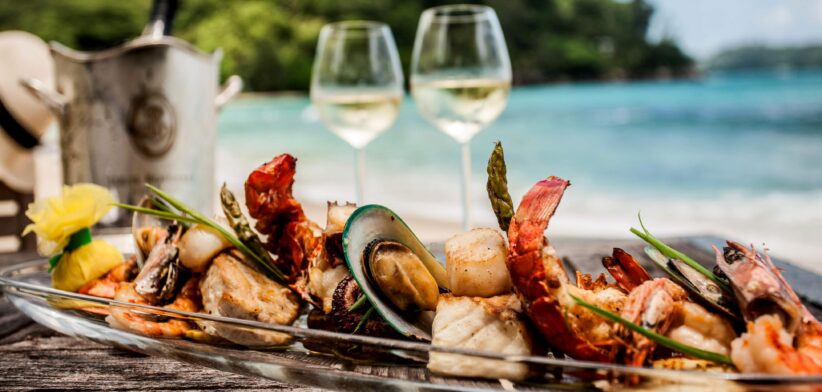Australian menus will evolve over the next year to better identify the origin of seafood dishes.
The Australian Marine Conservation Society (AMCS) said hospitality venues had 12 months to implement new Country of Origin Labelling (CoOL), but believes more needs to be done to help Australians know what was ron their plates.
AMCS Seafood Imports Lead Kimberly Riskas said restaurants, cafes, pubs, clubs and takeaways needed to display whether their seafood was Australian (A), Imported (I), or Mixed (M), under the new national AIM model that would be phased in during a 12-month adjustment period.
Dr Riskas said, despite the new rules, Australians were still unaware of what species they were eating, and where and how it was caught or farmed.
“This makes it near-impossible for Australians to make informed choices, leaves the door open to seafood fraud, and disadvantages responsible fishers and farmers,” she said.
“The long-awaited implementation of CoOL for seafood in hospitality is an important step forward, but it’s just the beginning. Seafood is our last major wild food source, and people are still being kept in the dark about what they’re buying, in both restaurants and retail.”
Dr Riskas said independent studies had shown one in 10 seafood products in Australia were mis-labelled, and even more were inaccurately described.
“Vague terms like ‘flake’ and ‘white fish’ are simply not good enough,” she said.
Dr Riskas said in hospitality venues, seafood labelling must go further than the basic AIM model and menus should clearly show the common name of the seafood (as per the Australian Fish Names Standard) and for Australian seafood, the state or territory where it was harvested.
She said in retail settings, such as supermarkets, fishmongers and fish counters, AMCS was calling for all seafood products to be labelled with:
- A common name as per the Australian Fish Names Standard, ideally alongside the scientific name.
- Point of capture: Including the Australian state or territory, or, for imports, the country of origin or FAO Major Fishing Area.
- Production method and gear type used (e.g. wild-caught with longlines, farmed).
- The exporting country or country where the majority of processing occurred, if different.








